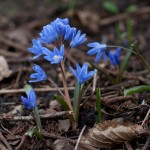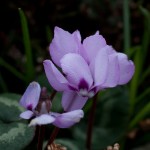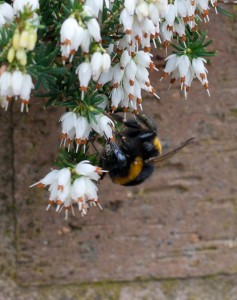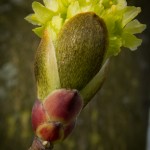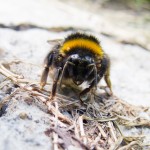I decided to do this month’s bee walk on Saturday even though it was a bit breezy and not very warm. I checked the weather forecast and saw cold and potentially rain for the next week or so and figured that the sunshine and a warmer week running up to Saturday might have been enough to tempt the bees out. Unfortunately I was wrong.
During the bee survey (which lasted over an hour) we saw a grand total of three bumblebees (one unidentified, one carder bee and one red-tailed). There was plenty out there for them to eat and we saw plenty of hoverflies and solitary bees, but virtually no bumbles. After we had finished the survey and were walking home we found another two bees, but still five was a bit unexpected.
However, I don’t think the colder weather was to blame, after all, bumbles are furry little creatures and can manage the cold better than a lot of other insects. I think this was a matter of timing. Early in the year bumble queens, the only bumbles to overwinter, emerge from their winter quarters looking for food and somewhere to nest for the year. Once they have enough nutrition they lay create a wax cup that they fill with nectar and create a pollen ball in which they lay their eggs. After a few days these hatch into larvae which then remain in the nest for a few weeks until they metamorphose into a bee. During this time the queen has to brood the eggs and larvae to keep them warm (hence the nectar) and she can only go out foraging for short periods of time. Hence, I think most of the queens were in their nests and the first lot of workers have probably not emerged yet so there is a paucity of bumblebees at the moment.

